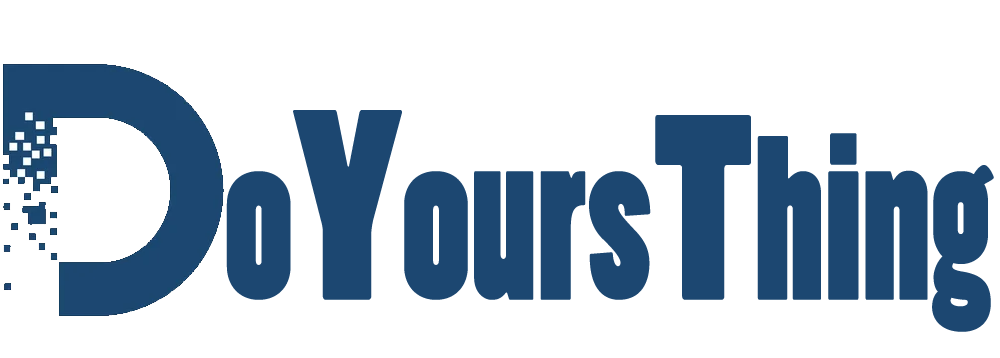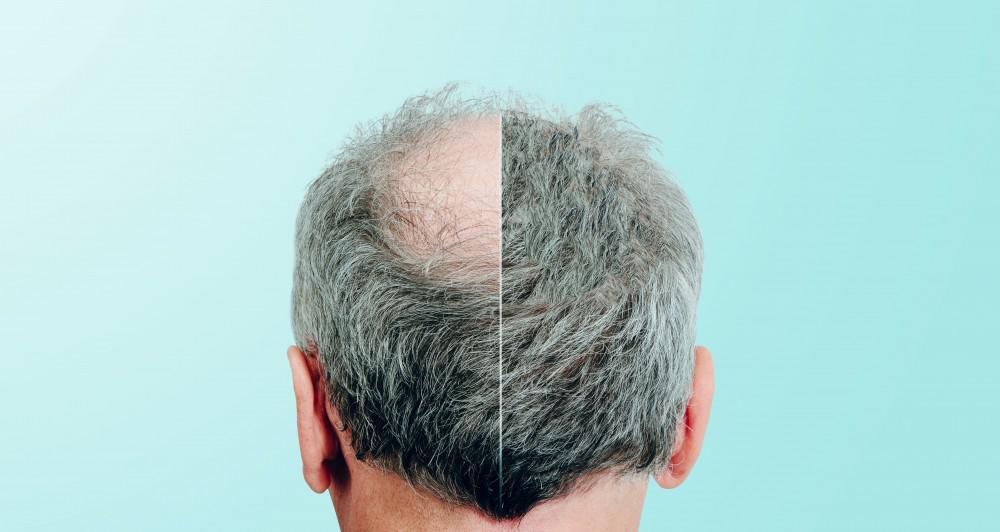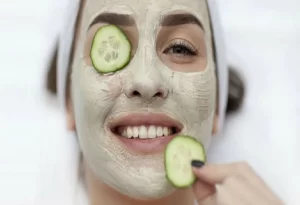If you’re one of the millions of men or women suffering from hair loss, you’re probably wondering which solutions are worth trying and which ones are not. Laser therapy falls into the first category.
Hair Loss Statistics
An estimated 35 million men and 21 million women suffer from hair loss. By the age of 35, roughly 40 percent of men have experienced some level of hair loss. That number grows to 70 percent by the age of 80. For women, hair loss doesn’t usually start until after midlife, but by the age of 60, roughly four out of five women experience hair loss.
For men, hair loss typically starts at the hairline and/or crown of the head. It gradually spreads and, in many cases, leads to full baldness or patches. For women, hair loss is usually better described as “thinning.” It’s rare for women to develop bald patches. Instead, they typically experience an even thinning throughout the scalp (particularly near the hairline and temples).
What is Laser Therapy?
Low level laser therapy (LLLT) goes by quite a few names. It’s often called cold laser therapy, soft laser therapy, or even photobiomodulation (in clinical/medical settings). But whatever name you want to use, it’s a form of hair loss therapy that uses the application of low-level lasers (LEDs) to stimulate hair growth. It’s often called cold laser therapy because of the fact that the lasers don’t actually produce any heat.
The efficacy of laser therapy can be traced to the exchange between laser light and the cells of the scalp. When this light is absorbed, it stimulates their metabolism and jumpstarts protein synthesis. This encourages otherwise dormant hair follicles to re-enter the anagen phase of the growth cycle.
It’s helpful to think of LLLT like photosynthesis and plant life. In order for a plant to grow, it needs the right soil, nutrients, and sunlight. In a similar vein, your hair needs a healthy scalp (soil), proper nutrients (diet and nutrition), and blood flow (light). Laser therapy safely penetrates the skin of your scalp and stimulates that blood flow. This ensures all of those nutrients can be safely delivered to individual hair follicles. When this happens, hair growth resumes.
While LLLT has been used for decades to treat hair loss, it’s only recently become available for in-home use. That means you no longer need to visit a hair loss clinic to receive treatments. Instead, you can use a laser cap system and begin to regrow hair with short treatments every other day.
The Benefits of Laser Therapy
If you’re experiencing hair loss and are looking for safe and natural alternatives to medication or invasive procedures, laser therapy is worth a try. Here are some of the benefits:
- Safe. Laser therapy has been approved by the FDA, which makes it one of just a handful of hair loss treatment options deemed to be safe for in-home use.
- Effective. To put it simply: Laser therapy works. It’s proven to be 93 percent effective in clinical studies, which makes it one of the most proven hair loss treatment options on the market.
- Clean. Unlike certain hair loss procedures that require cutting, slicing, and implanting hairs, laser therapy is completely safe and clean. It’s your cap and it only goes on your head.
- Painless. Most patients report no discomfort at all. In some cases, people will report a mild tingling sensation that goes away soon after treatment.
- Inexpensive. Laser cap systems are relatively inexpensive – especially when compared to surgical treatment options and procedures performed in hair loss clinics.
- Low time commitment. Most laser cap systems require 30-minute treatments every other day. Plus, because it’s a wireless/portable device, you can perform a treatment session while cooking dinner, reading, watching TV, or even mowing the lawn.
Laser therapy is easy to perform. Depending on the directions included with the laser cap you purchase, you typically just place the device on your head and push the button to start. The laser cap will either beep or turn off when finished.
Prioritizing Healthy Lifestyle Choices
As mentioned in the photosynthesis illustration above, laser therapy is really just the “light” that encourages blood flow. In order to maximize your chances of regrowing hair, you need to make sure that your body is equipped with the right nutrients. That’s why, in addition to using laser therapy, you should prioritize healthy lifestyle choices like proper diet and hydration. It’s also recommended that you avoid negative lifestyle behaviors like smoking and excessive drinking. All of these things will increase your chances of successfully beating hair loss.




Average Rating